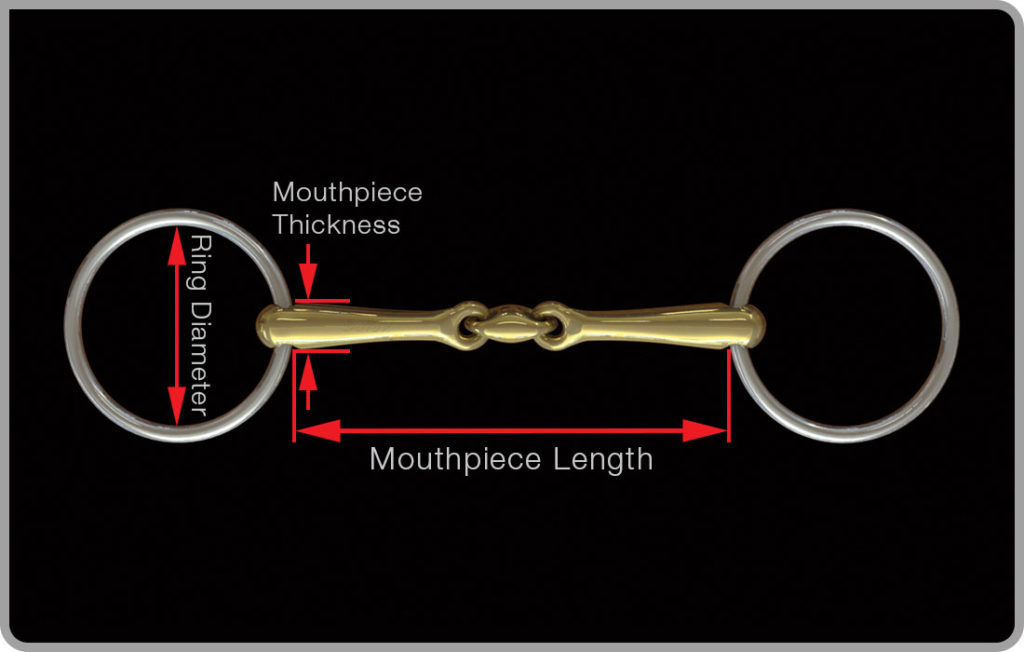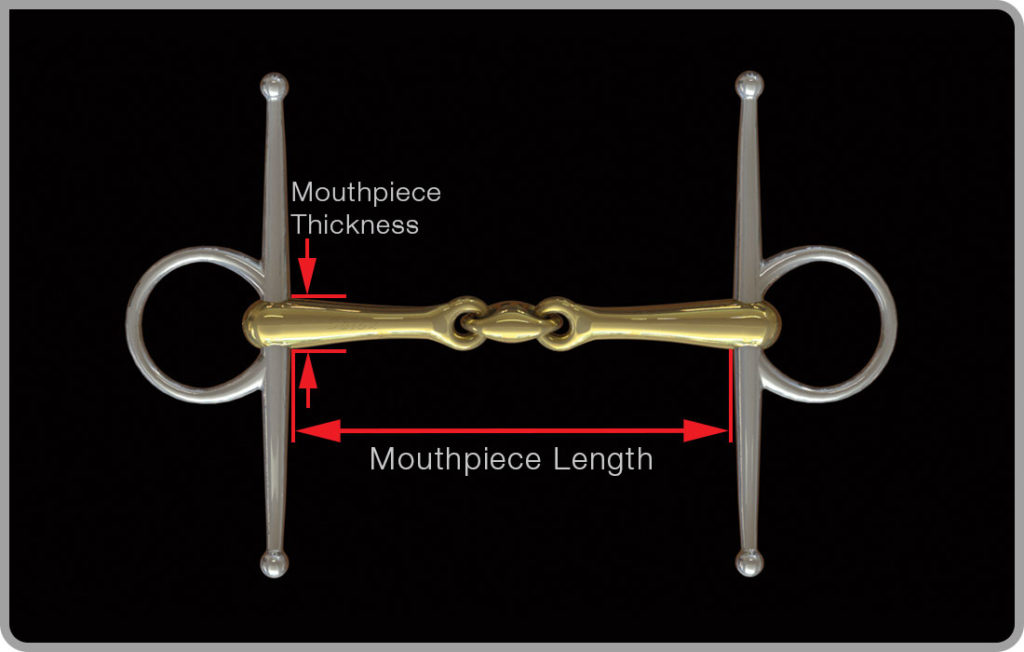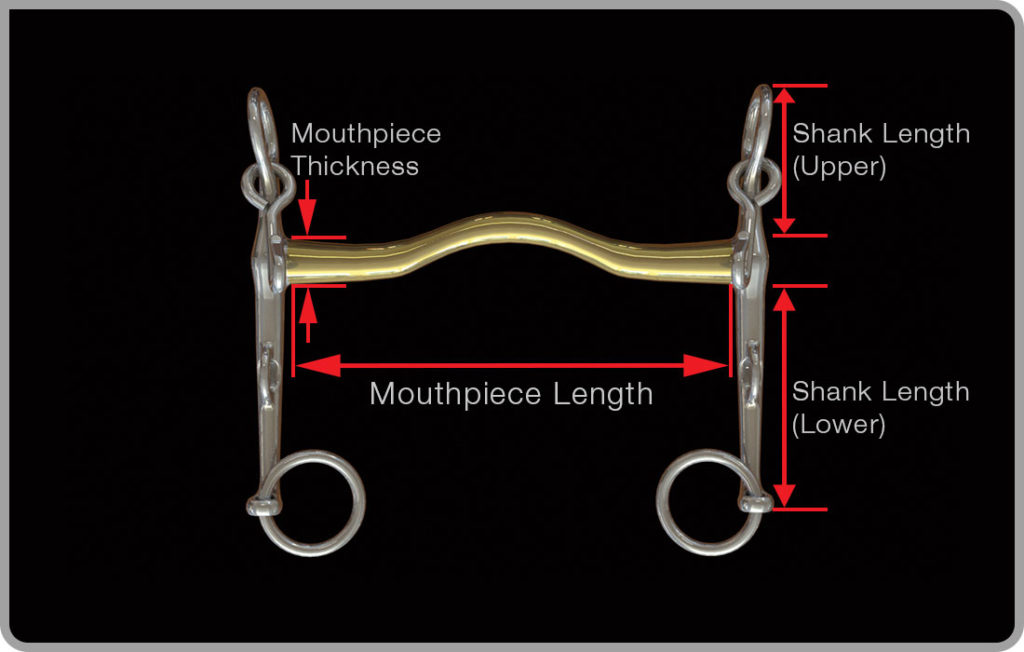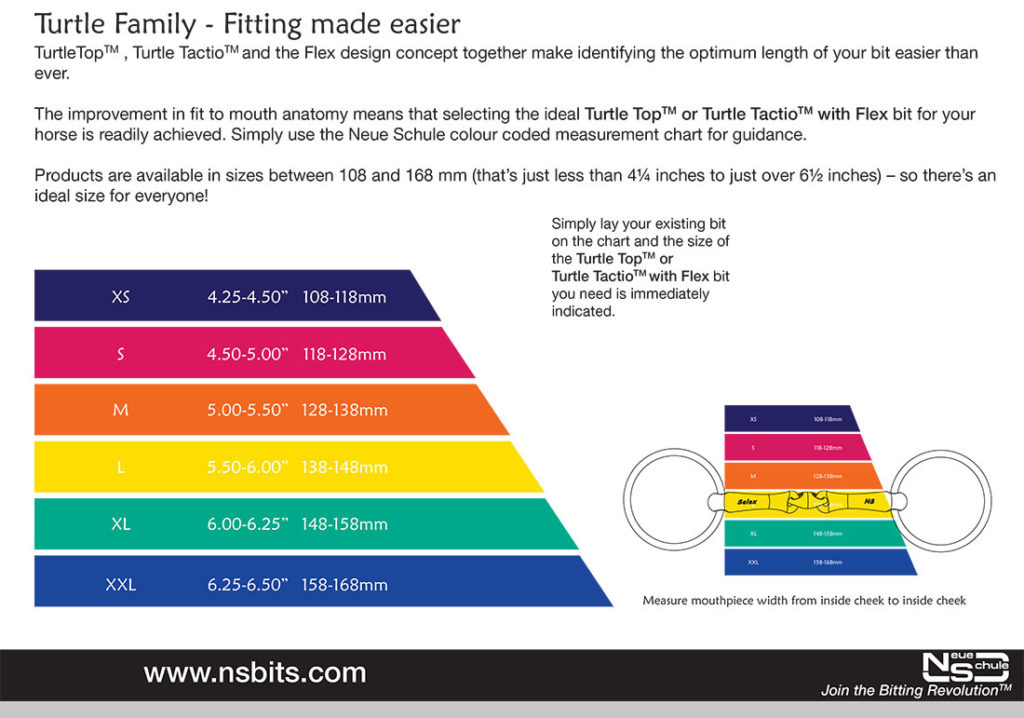News
- 31st July 2024
NAF Five Star PROFEET & Five Star Superflex – Hard Ground Essentials

-
Written by Griselda Beaumont BSc (Hons) ANutr (Animal)
Retaining the integrity of the hoof itself is vital in enabling the individual to function and perform on top of the hard conditions.
While we have to hydrate the hoof, we have to remember the concussive forces that are at play, simply landing off a jump can bring about a force over twice the individuals weight on the load bearing landing limbs.
WHAT TO RECOMMEND:
JOINT SUPPORT
Rather than feeding one or two ingredients, look for the right combination to address wear and tear, help address toxin activity, seek synovial strength and provide nourishment for the soft tissue to promote their regenerative process.
Flush out the free radicals
- ANTIOXIDANTS
Don’t forget to connect
- 10,000mg/day OF GLUCOSAMINE
Care and Repair
- MSM
Stimulate the production
- CHONDROITIN
Additional care for the aging joint
- OMEGA-3 fatty acids
Synovial fluid support
- HA
All joints undergo the natural wear and tear process daily, it is wise to support all individuals to help them enjoy their performance for longer and supply them with flexibility for life with NAF Five Star Superflex.
HOOF SUPPORT
Both Farrier Dressing and Farrier Solution will allow the hoof to breathe, where oils and greases can often suffocate the hoof so we needed our application to be permeable, utilising ingredients naturally seen in keratin.
Secondly the applications offer protection from environmental threats such as anaerobic bacteria and waterborne threats that can infiltrate the gaps in the horn created through the constant changes in the moisture content of the horn.
Finally, being permeable, means that it will also be able to directly support and nourish the keratin structure with the hoof.
Hydrate Hooves FAST with NAF Farrier Dressing and Farrier Solution by PROFEET.
Permalink
- 30th June 2022
Sizing Guide - How to Measure your Bit Correctly with Neue Schule

-
There are various measurements to consider when sourcing and assessing the correct size of bit including length, thickness, ring size and design.
LOOSE RING BITS
The picture below demonstrates a loose ring snaffle. Other cheeks that are measured this way include the Universal, Beval and Balding Gag and the measurements to consider here are:
- Mouthpiece Length: The measurement is taken by placing the bit on a flat surface and pulling the rings apart, so the bit is at its maximum length. The measurement is taken along the full length of the mouthpiece from the inside edge of the loose ring to the inside edge of the opposite loose ring and can be measured in inches or centimetres.
- Mouthpiece Thickness: This measurement is taken adjacent to (next to) the cheek just before the hole that the ring slides through. Again, if you put the bit on a flat surface, you can slide a tape measure at right angles below this point and, if you look from above, you can see the measurement of the diameter. The most accurate way to measure the diameter is using a set of callipers, which are widely available.
- Loose Ring Diameter: This measurement is taken from the inner edge of the loose ring and is generally measured in millimetres; 70 mm being the average for a standard loose ring; and 55 mm the typical bridoon size.

FIXED CHEEKS
Fixed cheeks include the Baucher, D-Ring Full Cheek, Eggbutt, Pelham, NS Jumper, Cheltenham, Nelsonand our Weymouth range. The picture below, showing the NS Tranz Full Cheek is a good example of the points to measure at for this type of bit.
The mouthpiece thickness is measured directly adjacent to the cheek.

WEYMOUTH
When sourcing a weymouth, there are a couple of additional measurements to consider as demonstrated in the picture below.
- Shank Length (lower): This measurement is taken from below the mouthpiece to the bottom of the shank (not to the bottom of the loose ring) and is generally done in centimetres; 5cm, 7cm and 9cm are the options that are available within the Neue Schule Collection. The legal length for FEI Dressage is 10cm.
- Shank Length (upper): In FEI Dressage the ruling states that the length of the upper shank must not exceed the length of the shank below. The Neue Schule range has been developed to fall within this ruling.

OUR WATERFORD MOUTHPIECE RANGE
Owing to the unique LipSMART™ design of the Neue Schule Waterford mouthpiece we would generally suggest that you use the same sizing as your current bit in relation to the cheekpiece design that you use. For example, if you currently use a fixed cheek and want to progress onto a Waterford fixed cheek we advise staying in the same size as your current bit. The same goes if you are moving from a loose ring into another loose ring. A change in mouthpiece size is generally advised when moving from a loose ring to a fixed cheek or vice versa. We suggest that when moving from a loose ring to a fixed cheek that you down size by ¼ of an inch. By this logic, when moving from a fixed cheek to a loose ring we generally recommend sizing up by ¼ of an inch.
OUR VERBINDEND MOUTHPIECE RANGE
Owing to the uniquely shaped cannons of the Verbindend it does shorten up slightly more than other double-jointed designs that have a straighter and more traditional mouthpiece arm. So, occasionally we do find that in order to obtain a correct fit we do need to increase the size by a ¼ of an inch.
OUR TURTLE TOP AND TURTLE TACTIO RANGE
Our Turtle Top and Tactio range are measured differently to how traditional snaffles are measured. This is because they have shaped cannons that conform to the horse’s mouth, and therefore don’t lie flat when placed on a table. However, we have made a fantastic sizing guide that will help you to measure your Turtle Top and Turtle Tactio bits:

This fantastic sizing guide is included in all our Product Guides to make sizing the Turtle range easy!
MOUTHPIECE SIZES
Neue Schule traditional mouthpieces are available in a range of sizes between 4″ (101 mm) and 6.5″ (165 mm). The table below shows the imperial/metric conversions.
Imperial (inches) 4.00 4.25 4.50 4.75 5.00 5.25 5.50 5.75 6.00 6.25 6.50 Metric (mm) 101 107 114 120 127 133 140 146 152 159 165 Size guides
CHEEK SIZES
Cheek measurements vary dependant on cheek style and requirement, the table below shows the various options.
Cheek Type Variations Loose Ring 45mm, 55mm, 65mm, 70mm Weymouth 5cm, 7cm Pelham 5cm, 7cm Size guides
QUESTION
How do I go about measuring my loose ring mouthpiece thickness, length and ring size?
INFORMATION
There are various measurements to consider when sourcing and assessing the correct size of bit including length, thickness, ring size and design.
WE SAY
The picture below demonstrates a popular loose ring snaffle, the NS Team Up (9012). Other cheeks that are measured this way include the Universal, Beval and Balding Gag and the measurements to consider here are:
- Mouthpiece Length: The measurement is taken by placing the bit on a flat surface and pulling the rings apart so the bit is at its maximum length. The measurement is taken along the full length of the mouthpiece from the inside edge of the loose ring to the inside edge of the opposite loose ring and can be measured in inches or centimetres.
- Mouthpiece Thickness: This measurement is taken at the widest part near to the cheek just before the hole that the ring slides through. Again, if you put the bit on a flat surface, you can slide a tape measure below this point and, if you look from above, you can see the thickness. The most accurate way to measure the thickness is using a set of calipers, which are widely available.
- Loose Ring Diameter: This measurement is taken from the inner edge of the loose ring and is generally measured in millimeters; 70mm being the average for a standard loose ring; and 55mm the typical bridoon size.
Permalink
- 28th January 2021
The Oestrus Cycle and Performance Mares
-
By Kate Hore RNutr(Animal). R.Anim.Technol
Head Nutritionist at NAF
Mares can be so rewarding, but their seasons can be challenging, especially when you really need them to be at the top of their game. Bucking, napping, biting, refusing fences can all make riding a lot more difficult, and have significant effects on our competition results; but why are mares so tricky and why do they display such signs of discomfort?
The first thing we need to appreciate, is that mares are ‘entire’ animals, exactly as stallions are, with all the hormonal challenges that can bring. Just as we expect stallions to sometimes be highly strung, then the same can be true of mares. For example, in the wild, the boss of a herd is usually an older female, known as the ‘alpha mare’ who can certainly assert her dominance despite not being physically as strong as the stallion. That alpha position can be a fluid situation, with different mares within the herd taking the lead on different issues, so there may be an alpha for feeding, and a different alpha for when to move the herd.
If you own an alpha mare you may be all too familiar with the challenges she can bring. However, with the lows come the highs. Mares are often said to take longer to bond, but once you have that relationship you will be a formidable pair! Mares can be determined, quick thinking, and willing to take the lead – all of which can make her a truly amazing competition partner. If you’re lucky enough to own a mare it’s just a case of working with her, as trying to working against her will not work.
In the case of mares hormonal behaviour usually follows a pattern, from around March through to October, though this can vary between animals, and the severity of the behavioural changes are highly individual too. Whilst some mares demonstrate almost no signs of oestrus, some seem to be constantly hormonal. Furthermore, not all mares cycle regularly, making any changes unpredictable, thus further impacting on their performance. For the mare, the challenges of oestrus is compounded by the anatomy of the female. In the horse the ovaries sit just behind and down from the saddle, and often she will show us her discomfort with signs associated with that area. For example, the mare who swishes her tail, or is more sensitive to grooming over the quarters is likely experiencing cramping and muscle tension in the area, which will impact her ability to engage her hind quarters and bend correctly. For disciplines such as Dressage and Showjumping, where engagement of the quarters is so important, this can be a particular challenge for both the mare and rider. Therefore, working to improve your mare’s comfort can make a huge difference to her performance throughout her seasons.
Unfortunately for us, the mares cycling season matches, almost perfectly, with the competition season, as her seasons are stimulated by longer day light hours. Using a sympathetic, but proactive, response is the best way forward and there are a number of ways you can support her.
In her general management, try to keep her in a stable herd of grazing companions. Changes will upset the herd dynamic, and can certainly change a mare’s status, which could cause further stress. Ensure you are feeding a naturally based high fibre, low concentrate diet, so you are not introducing high starch elements which can further exacerbate unwanted behaviour. Ensure you maintain your mare in a healthy Body Condition Score (BCS), as excess weight can extend the breeding season in mares, and research shows dominant horses have higher BCS. While it is not clear whether the dominance causes the weight gain or not, it is advised to keep all animals at a healthy weight, so think ‘fit not fat’ for all horses, including your mares. In addition to good general management, targeted nutrition for mares is advised.
Magnesium is commonly used as nutritional support for mares, through it’s role in maintaining relaxed muscles, so enabling her own system to naturally relax. However, magnesium rarely works alone, so look for a nutritional complex combining magnesium with natural herbal elements for hormonal balance.
An interesting fact with herbs, is that their common often tells you something about it’s action. Therefore Vitex Agnus Castus, also known as Monks Pepper, was used historically in monasteries, to keep the monks focused on their work and not turning their minds to less scholarly matters! Not just for monks, it can be just as successfully used in our mares. Her seasons cause increased libido, as she is essentially preparing to breed, which likely demonstrates itself as flirting behaviour, such as distraction from her work, excessive urination, squealing or separation anxiety. Monks Pepper, also known as ‘Chasteberry’, helps to maintain ‘pure and chaste’, focused behaviour, and works beautifully in synergy with herbs such as Crampbark, a herb traditionally used for comfort in women through their oestrus cycle.
Ultimately, we have to respect that seasons are a natural characteristic of our mares, but any mare owner knows she can bring more highs than lows. With good management and targeted nutrition we can work with our mares to keep them focused and comfortable, so allowing the natural ‘girl power’ to put those geldings in their place!
Permalink
- 8th March 2017
Horse owner winter to-do list
-
Here is our handy horse owner's winter to-do list. Feel free to print and keep it, and if you have any suggestions for additional to-do's, please let us know!
September
Photo Time - Take a full body photo of your horse from the side and back to compare their condition against later in the winter (you should check your horse’s health and condition daily of course, too).
Rug Check - Now is a great time to make sure all of your winter rugs are clean, in good condition and fit your horse well, so they are ready as soon as you need them.
Clipping - Time for the first clip of the season! If you’ve decided to clip this winter to keep your horse comfortable during exercise then now is the time to start.
Egg Count - It’s time to do an egg count to see if your horse needs worming.
October
Autumn Clean - Before your horse starts staying in more, give their stable a thorough deep clean.
Nutritional Balance - Your horse’s diet is likely to change as their routine does. Think carefully about what you will feed your horse too to ensure they are getting the right nutrition to maintain optimum condition.
Shelter - Does your horse have enough shelter in their field, man-made or natural, to keep the elements at bay when the bad weather closes in?
Water Pipe Prep - Insulate pipes to prevent them freezing and blocking up in the colder months.
November
Health Check - Now is a good time to take some new photos and compare to your september photos, how is your horse looking? Also, be sure to check their hoof and coat condition and overall wellbeing.Worming - In November or December do your usual 3 monthly egg count. Also, due to egg counts not being sensitive to tapeworm or encysted redworm it is advised to treat for these once yearly, so now is a good time to do so.
December
Ice Ready - Its likely to have started getting icey now, do you have a store of salt to keep the yard safe? Rubber matting is also a great way of avoiding slippery situations.
Frozen Troughs - Frozen water troughs can leave your horse without water for hours, which increases the risk of impaction colic. Be sure to regularly check troughs or invest in a trough heating device.
January
Vaccinations Schedule - New year, new start; a great time to check your vaccination schedule and make sure your horse is booked in with your vet for their boosters.
Teeth Time - is it time for a teeth check-up?
Clipping - Its recommended to make your final clip in early January before summer coat comes through.
Field Condition - If your gateways are getting poached and boggy then gravel, wood chip or matting can effectively reduce the issue. Also, try to save good draining fields for winter use and rotate them regularly.

February
Permalink
Health Check - Same as November. Hopefully your regular evaluations will mean your horse is looking happy, healthy and in good condition!
Egg Count - Depending on when you counted and wormed in November/December it will be time for another egg count now or in March.
